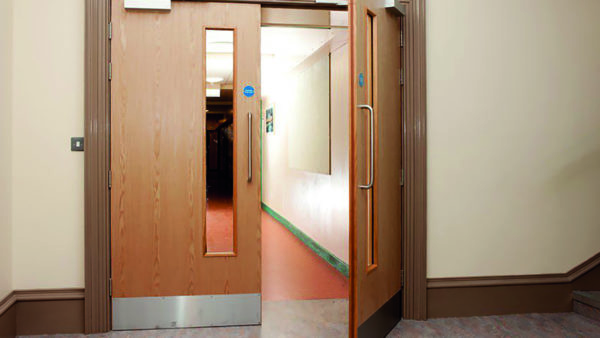
In July 2021, the UK Government announced the publication of the Building Safety Bill. This is aimed at setting out a clear pathway for the future on how residential buildings should be constructed and maintained. It is seen as a key step in an extensive overhaul to building safety legislation, giving residents more power to hold builders and developers to account and toughening sanctions against those who threaten their safety. The Building Safety Bill is the direct result of recommendations made in the Grenfell inquiry and the Hackitt Review.
It should be noted that whilst the Bill focuses on in scope high-rise residential buildings, in reality this is the biggest change in regulation of the construction sector in some considerable time and will have ramifications for any buildings of any kind going forward. The necessary change in culture envisaged to achieve the proposed requirements on building safety will be the driving force behind this wider spread of focus. Although the bill is limited to England, it is felt that the other devolved nations in the UK will adopt their own versions to tighten up on building safety requirements UK-wide.
The following are some elements of the Bill which are relevant to our sector:
Competence
The Bill makes provision for regulations regarding the competence of those involved in work that needs to comply with building regulations. The BSI is in the process of creating new standards which will hugely impact three key roles including Principal Designer (PAS 8671), Principal Contractor (PAS 8672) and Building Safety Manager (PAS 8673). The GAI is directly involved in the creation and review of each of these standards through Working Group 12. WG12 is tasked with increasing competence across the construction product sector. The UK government is also publishing further guidance documents on competence and there will be additional measures in place to govern the competence of architects and other building industry professionals.
Construction product safety
New powers will be prescribed within the Bill for the national regulation of the safety of all products used in construction. The regulator will sit within the Office for Product Safety and Standards (OPSS) and will be able to remove products from the market and prosecute those who fail to comply, as long as they are UK-based. This will have a marked impact across the entire construction product industry, including the ironmongery and door sector.
Golden Thread of information
The golden thread of information for new high-rise buildings will be developed throughout the design and construction phases. This will be a live digital document with accurate and up-to-date information of the building data and is to be handed over to the building owner on completion and developed during occupation by the relevant dutyholders and accountable persons. Building Information Management (BIM) can be seen as a way of assisting in this process, and the GAI have created 35 BIM Product Data Templates (PDTs) for members which will assist manufacturers to create their own Product Data Sheets, and therefore assist with the provision of structured data for this process.
A new building safety regime
A Building Safety Regulator (BSR) will be created with powers to oversee and enforce a new, more rigorous building safety system. It will be run by the Health and Safety Executive (HSE) and will have new responsibilities that affect all local authority building control. Updated sanctions will mean serious consequences for the contravention of building regulations. There will be new powers for the BSR to issue Compliance Notices and Stop Notices.
Timeline
The Building Safety Bill was published on 5th July 2021, Royal assent is not expected for 12 months but the timeline is uncertain. The Government says that the Building Safety Regulator will be operating in scale by mid-to-late 2022 and it is already operating in shadow form. The obligations on the accountable person are expected to come into force within 12-18 months of the bill receiving royal assent.
The GAI is delighted to see the Building Safety Bill as these reforms will tackle bad practice head on, building on Dame Judith Hackitt’s review of Building Regulations and Fire Safety post-Grenfell, which highlighted a need for significant cultural and regulatory change across the entire UK construction sector. n








